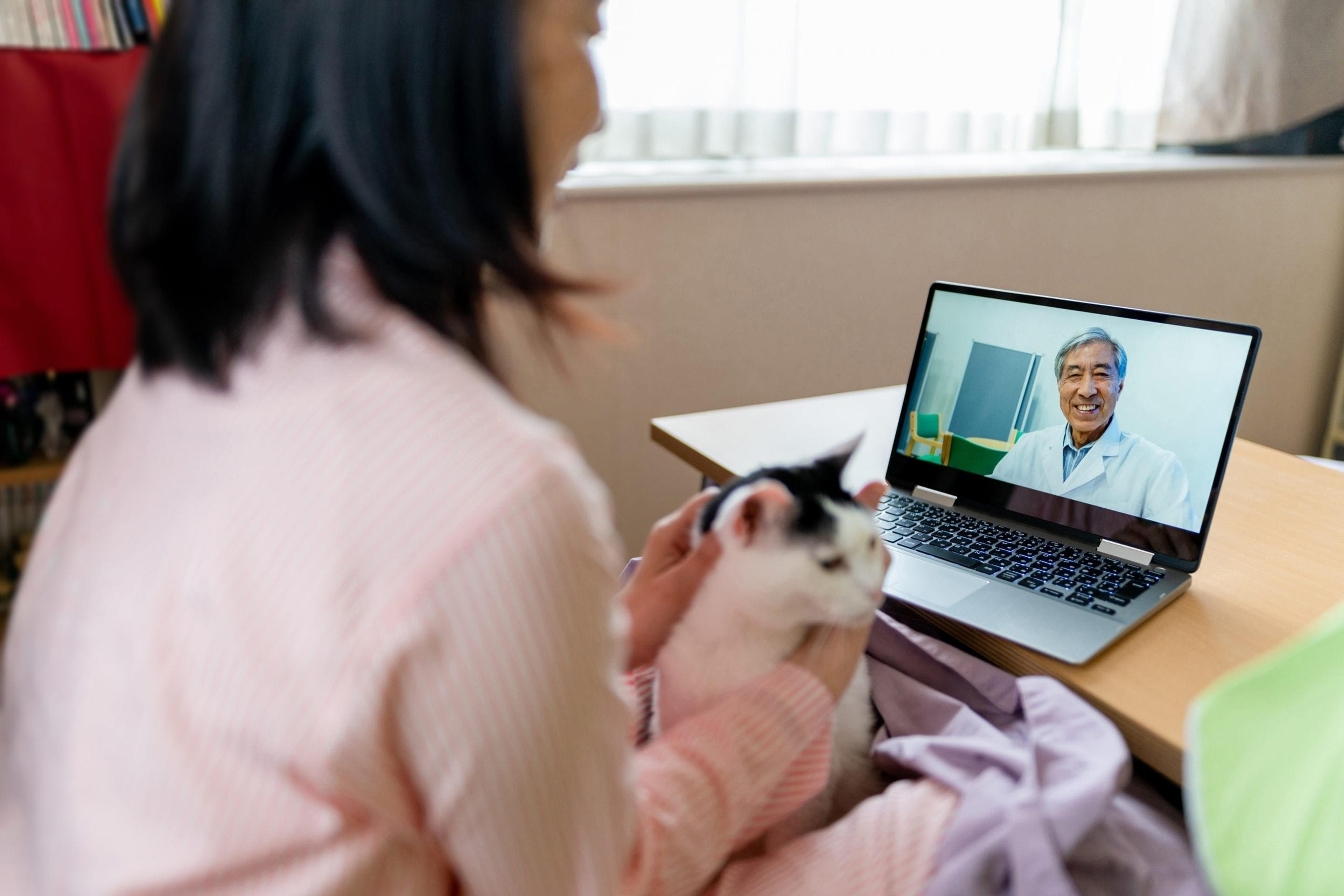Telehealth Improves Access, Convenience for Patients
Julie Bitely
| 3 min read

This is the second post in a two-part series. Read about how Blue Cross support enabled rapid telehealth expansion in Michigan here. Prior to the COVID-19 pandemic, about 5% of Neighborhood Primary Care’s patients were using telehealth for appointments. Now, Dr. Joseph Gorz, a family care physician and owner of the Lake Orion practice, estimates that he is seeing about 60% of patients virtually for a wide range of conditions. Gorz said the impact and importance of telehealth expansion can be seen in one patient who needed care after a long hospital stay due to a COVID-19 diagnosis. Because of the patient’s weakened state and reliance on oxygen, virtual care was the only realistic option. “My telehealth skills have improved immensely, and my patients have a virtual option that reduces their social care barriers and provides them with access to health care in the comfort of their own home,” Gorz said. At Woodhaven Pediatrics, licensed professional counselor Lucas Hollow is conducting virtual therapy sessions with his young patients and their parents through a secure online platform. Connecting through a computer screen is new to Hollow and his patients. It’s been an adjustment, but Hollow said some families like virtual appointments because they’re convenient and can fit into fluctuating family schedules. Some of his teen clients have expressed that they miss in-person sessions. While Hollow thinks the personal nature of therapy does make in-person sessions more comfortable for many, having a virtual care option is better than no care. “In my opinion, it’s not as comfortable or effective as face-to-face, but there can still be a bond and camaraderie between two people even though it’s virtual,” he said. “If people are on the fence to do this because it’s uncomfortable, I would tell them that it’s better than no service at all. See if you can become comfortable with it.”
Moving forward: COVID-19 a “tipping point” for telehealth adoption
For the health care system overall, further expansion of telehealth could improve access to care for patients without transportation or other barriers and can reduce the number of appointment cancellations due to weather or scheduling conflicts. For patients seeking specialty care, such as therapy, telehealth can also be a tool to alleviate provider shortages in more rural areas. As patients get used to accessing care in new ways, telehealth will be an important part of how doctor’s offices offer care moving forward, long after the threat of COVID-19 dwindles. Sharon Kim, senior health care analyst, Value Partnerships, Blue Cross, said incentives offered to encourage physician practices to expand telehealth were designed for long-term adoption. “The pandemic has been a tipping point for telehealth,” Kim said. “Patients have started using it, providers are increasingly offering it and both sides are already seeing the value in it. Providers now know that — when crafted purposefully and carefully — a good telehealth strategy could really help support their practices in the long term.” As more and more services are offered online, consumer expectations for health care are also shifting. Dr. Kim Coleman, chief medical officer, United Physicians, is working to help her providers understand that, especially for younger patients, offering a hybrid model of care that allows for telehealth appointments alongside in-person visits is a smart way for practices to move forward. “We’re different now and (patients’) expectations will be different,” she said. “I think it’s going to be interesting to watch how providers proceed; those who decide to continue with telemedicine and those who don’t.” Related:
- Exploring Virtual Therapy with Telehealth
- Addressing Myths About Virtual Health Care Visits
- How to Access Telehealth Care
Photo credit: SetsukoN





